Final Exam- Design and Art for Consumers
1/33
There's no tags or description
Looks like no tags are added yet.
Name | Mastery | Learn | Test | Matching | Spaced |
|---|
No study sessions yet.
34 Terms
Anthropometrics refers to what
human scale
What is human centered design
school of thought that puts human needs, capabilities and behaviors first.
Why is culture important in design?
-design can not be culture free
-all aspects of human life are affected by culture
-design is an aspect of human life
What can designers do with cultural sensitivity?
-be inclusive, accessible and recognize your own biases
-redefine normal, and masculine and feminine
-diversify teams
-research and use culture thinking
What is a mental model vs. a conceptual model?
a representation of what a person has in their mind/ the actual model
This image is an example of what?
exaggerated scale
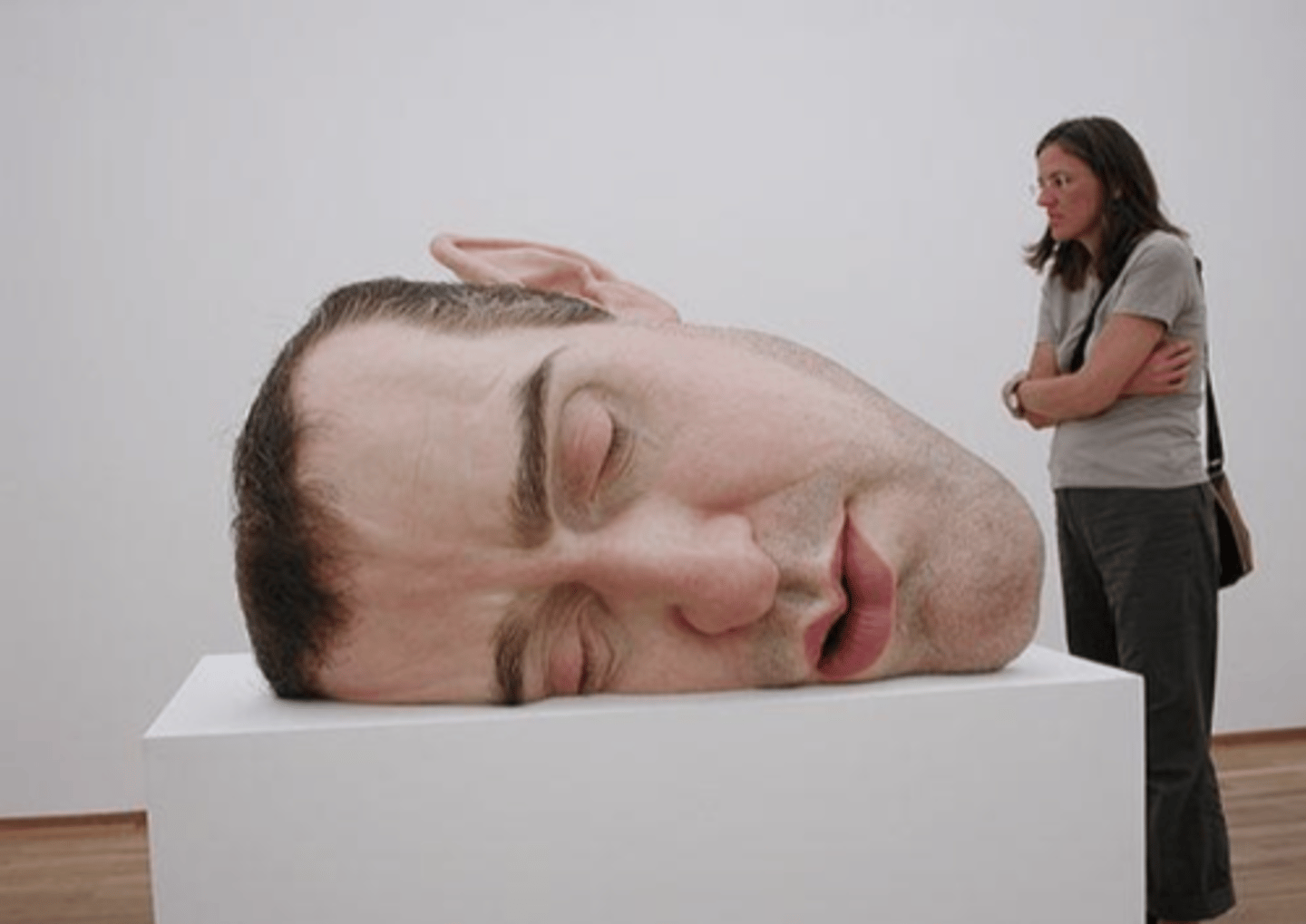
What element is this?
texture

What type of rhythm is this?
alternating
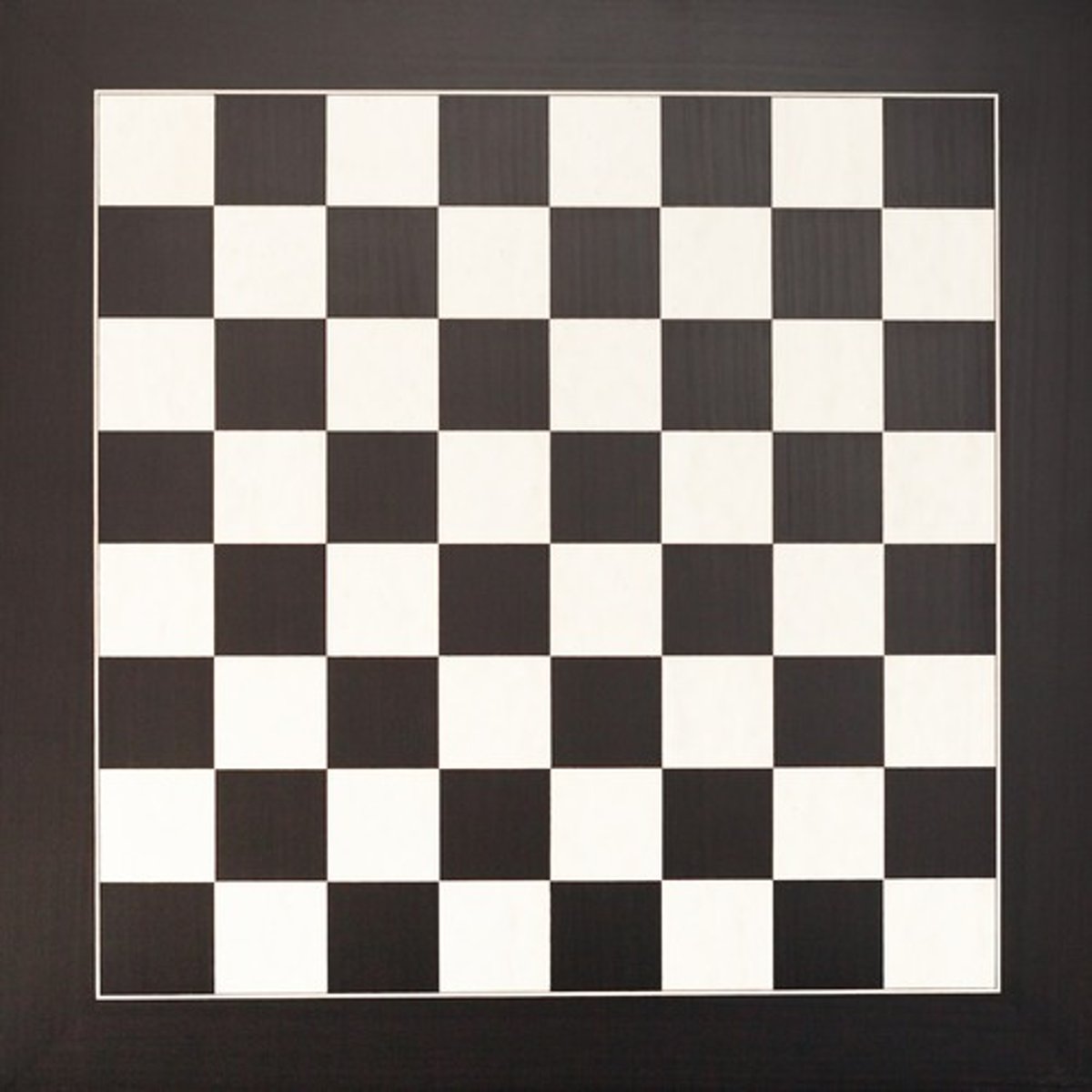
What type of balance is this?
radial
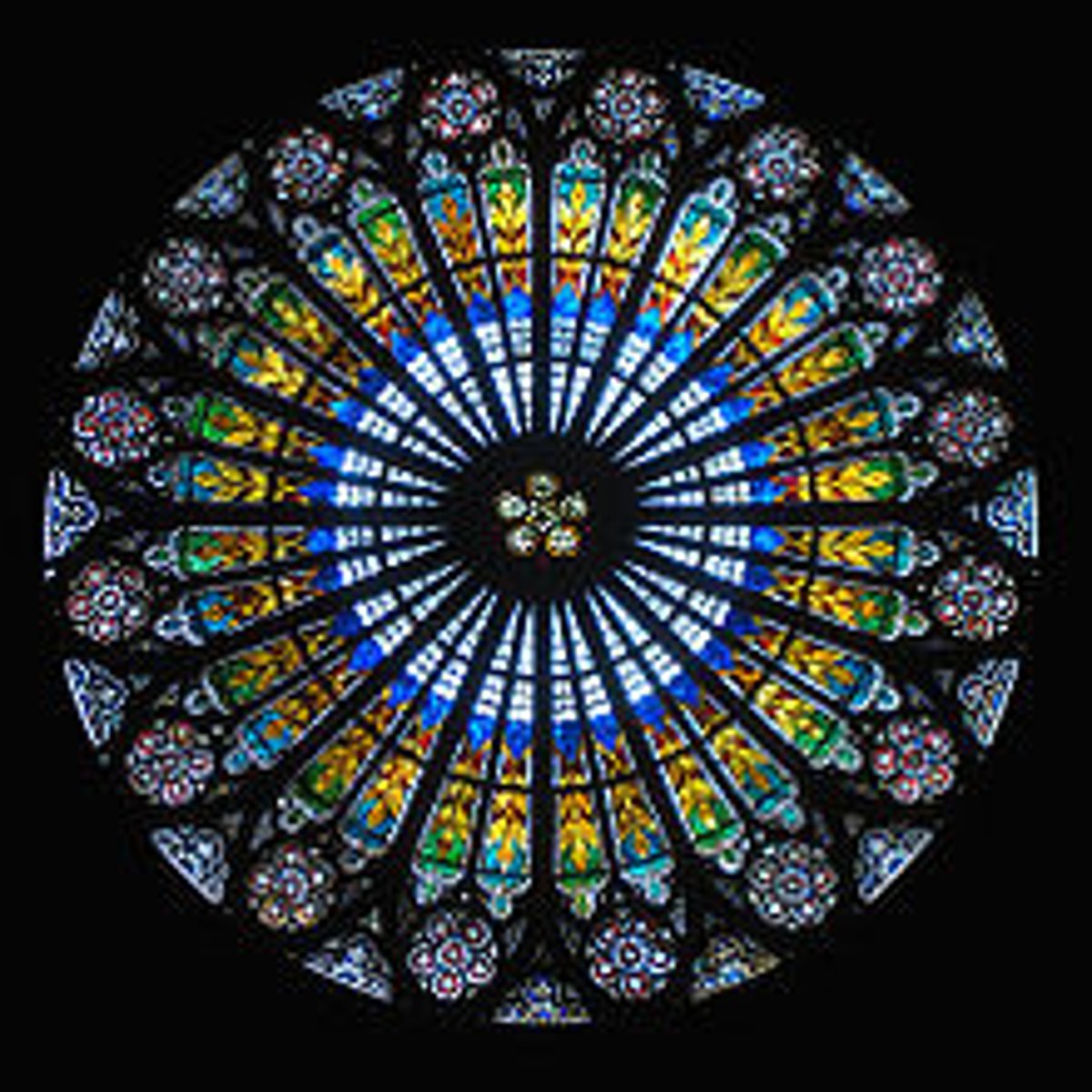
What type of illusion of motion is this?
figure repeated

What is the definition of scale?
size
The 4 ways to create unity are?
(CRAP)
continuity
repetition
alignment
proximity
What are the 3 properties of color?
hue, value, saturation
The distinction between texture and pattern is if the surface arouses our sense of touch or provides appealing designs.
True
What are the design thinking steps in order?
empathize, define, ideate, prototype, test
Use of graphs and checklists are a conventional method used in design thinking?
True
What is the definiton of a concept statement?
an idea used as a strategy or an approach to a solution
What is consumer behavior?
the study of the process used to select products to satify needs
What is the difference between a consumer and industrial product?
one is for personal consumption the other is used to make something
(7 Universal Design Principles)
Equitable-
largest pool of users without segmenting/ stigmatizing
(7 Universal Design Principles)
Flexibility-
choices in methods of use
(7 Universal Design Principles)
Simple-
user expectations matter! unconscious!
(7 Universal Design Principles)
Perceptible-
multiple modes for conveying essential information
(7 Universal Design Principles)
Tolerance for error-
provide warnings of hazards/errors
(7 Universal Design Principles)
Low effort-
can user maintain a neutral body position?
(7 Universal Design Principles)
Size and Space-
accommodate variations in size/bodies/hands/grips, etc.
What is contour?
line is used to denote edges
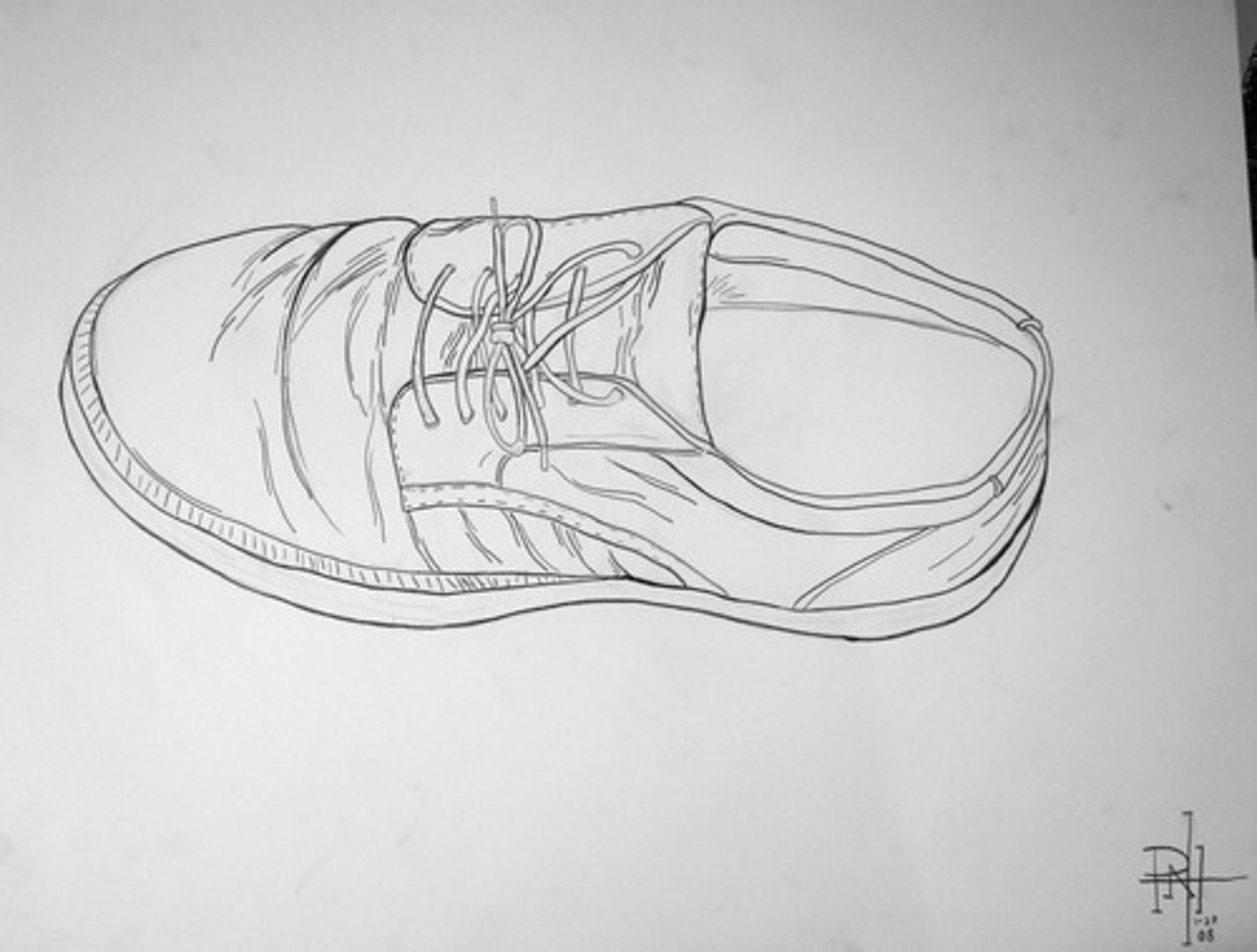
What is gesture?
more emphasis on action
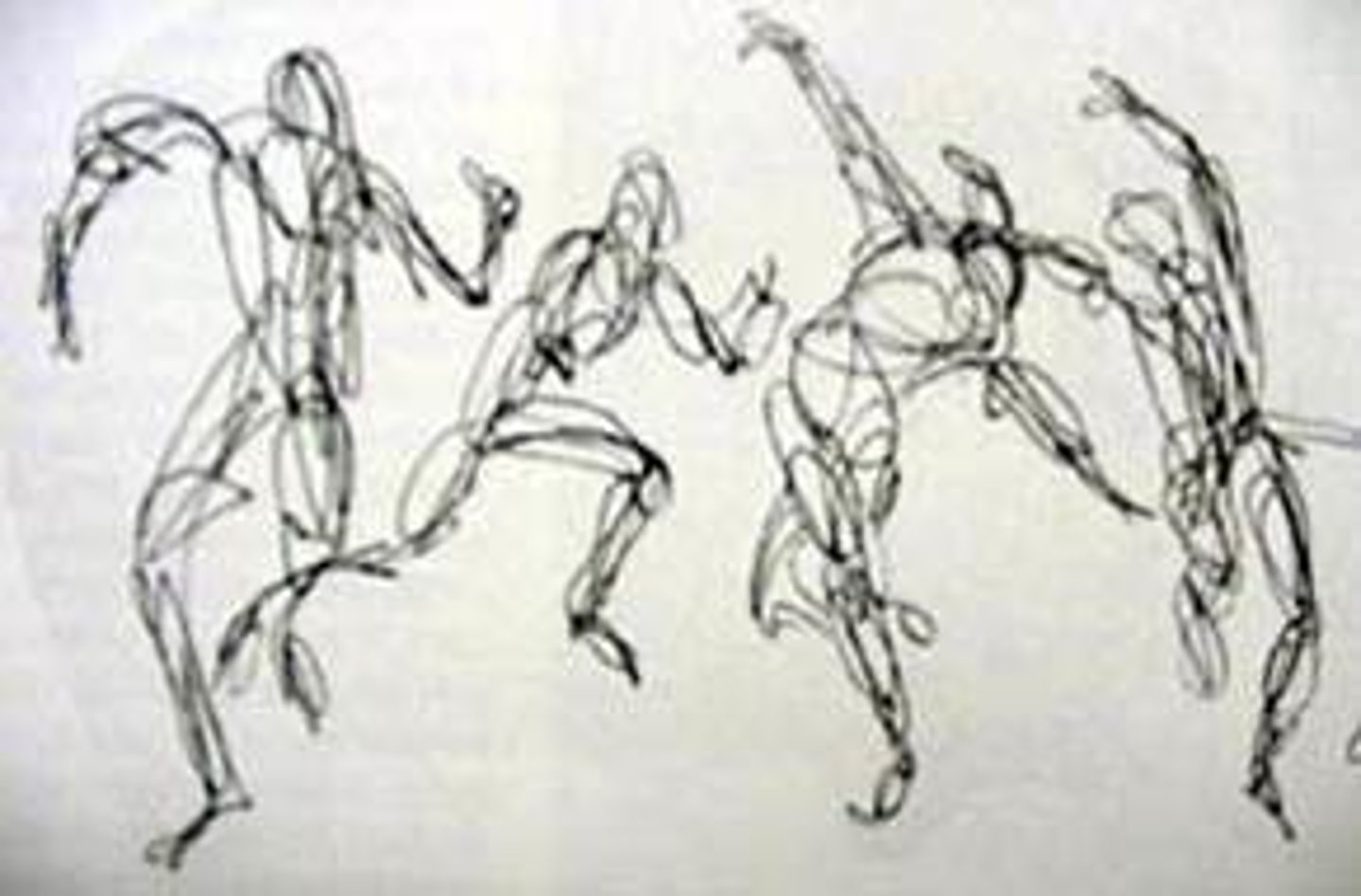
Illusion of space-
Size, vertical location, overlapping, aerial perspective, plan, elevation, perspective
Emphasis-
draws attention to particular content, draws more attention into an element
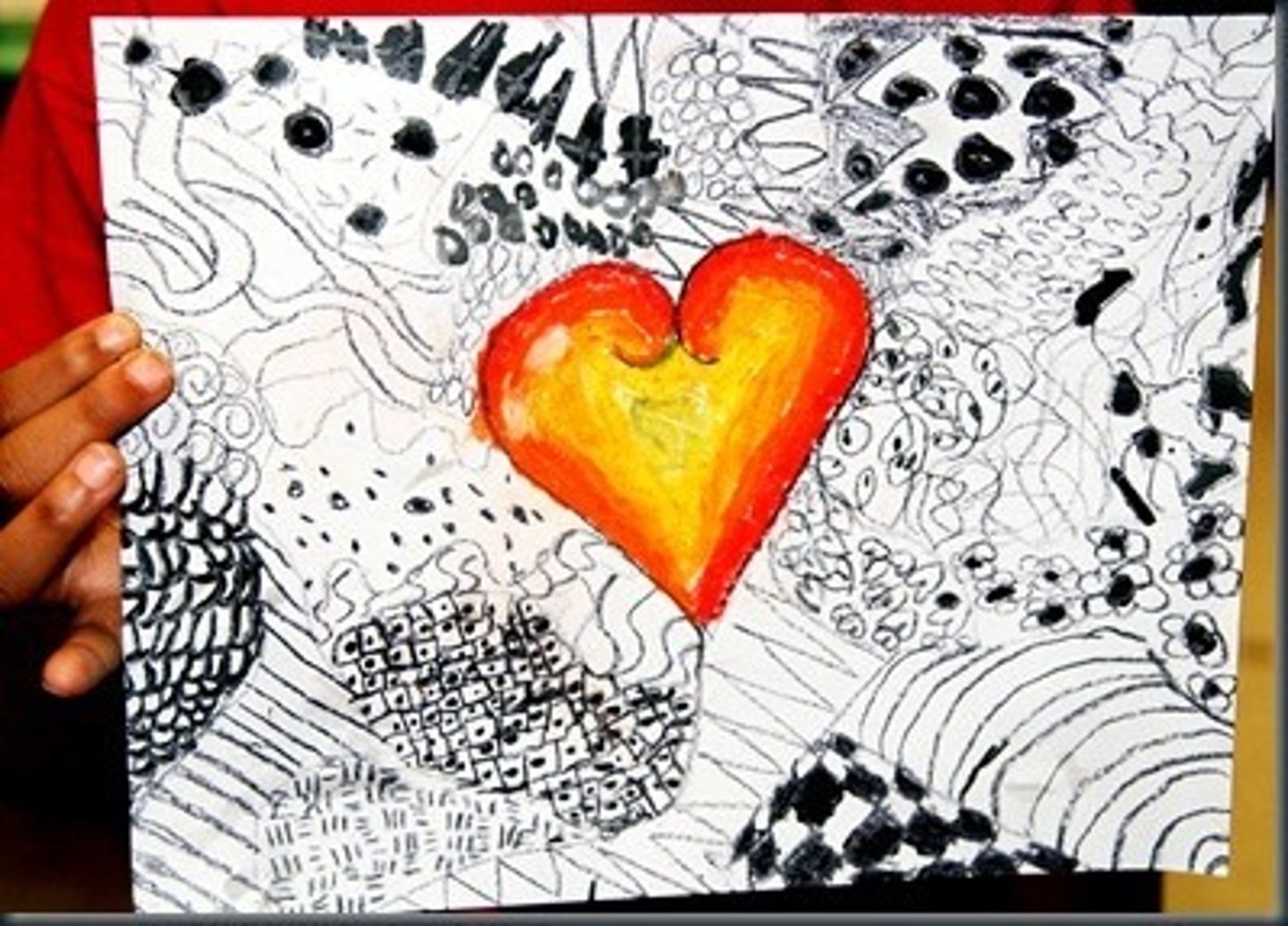
Focal Point-
a specific place of visual emphasis
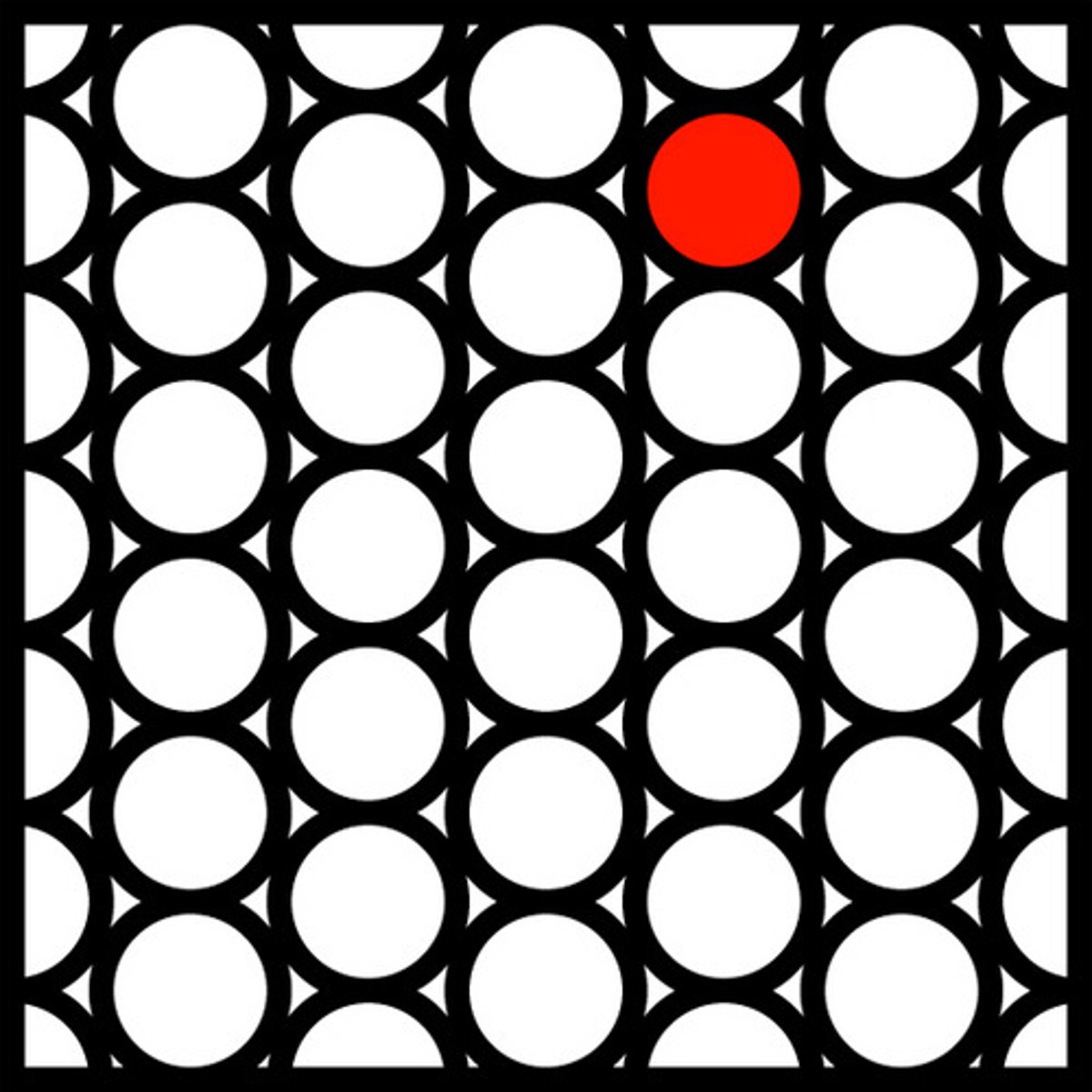
Creative Methods
Brainstorming
Synectics
Rational Methods
Checklists
5 Criteria for evaluating Products
Less, but better
Blow people's minds
Don't cause unnecessary harm
Let function inform design
Design local, think global